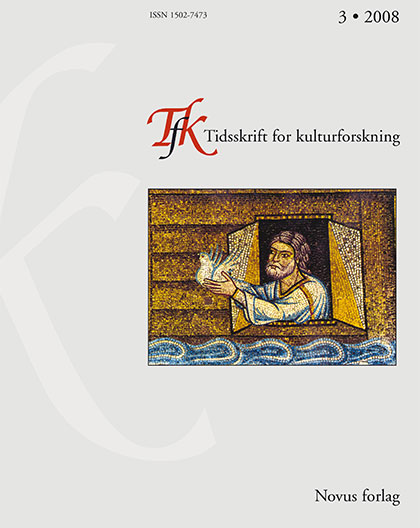Sammendrag
Artists and naturalists in seventeenth-century Europe avidly pursued the study of insects. Since entomology had not yet become a distinct discipline, these studies were pursued within the framework of natural history, miniature painting, medicine, and anatomy. In the late sixteenth century the Renaissance naturalist Ulisse Aldrovandi collected and described individual insects and their lore but showed little sustained interest in their temporal transmutations; meanwhile, the court artist Joris Hoefnagel studied the structure of insects in order to paint real and imaginary insects while giving them an emblematic interpretation. By the middle of the seventeenth century the painter Johannes Goedaert was assiduously studying insect transformations, which he saw as evidence of God's wondrous works. His work was critiqued and systematized by the physicians Martin Lister and Jan Swammerdam, who insisted that orderly transformation was the best sign of God's handiwork. These examples show how verbal descriptions and illustrations of insects easily crossed disciplinary boundaries; knowledge generated in one particular context moved into others where it was critiqued but also employed in new investigations
Forfattere beholder opphavsretten og gir tidsskriftet rett til første publisering av arbeidet. En Creative Commons-lisens (CC BY-SA 4.0) gir samtidig andre rett til å dele arbeidet med henvisning til arbeidets forfatter og at det først ble publisert i dette tidsskriftet.

